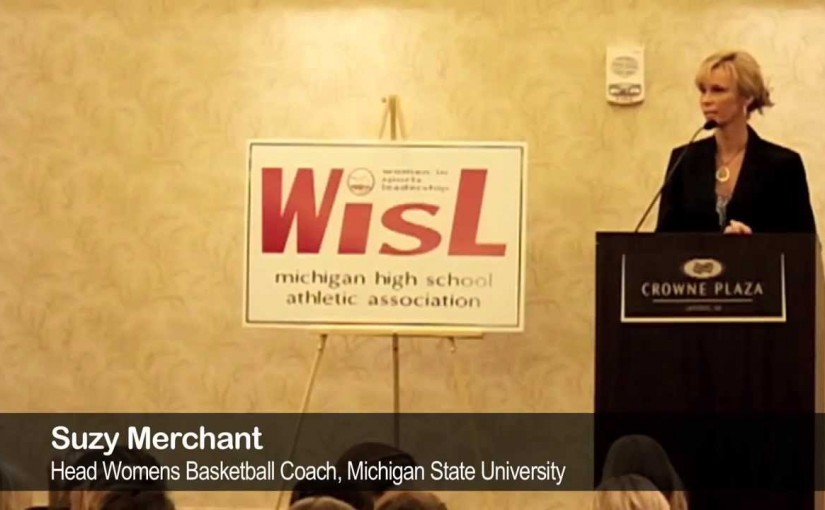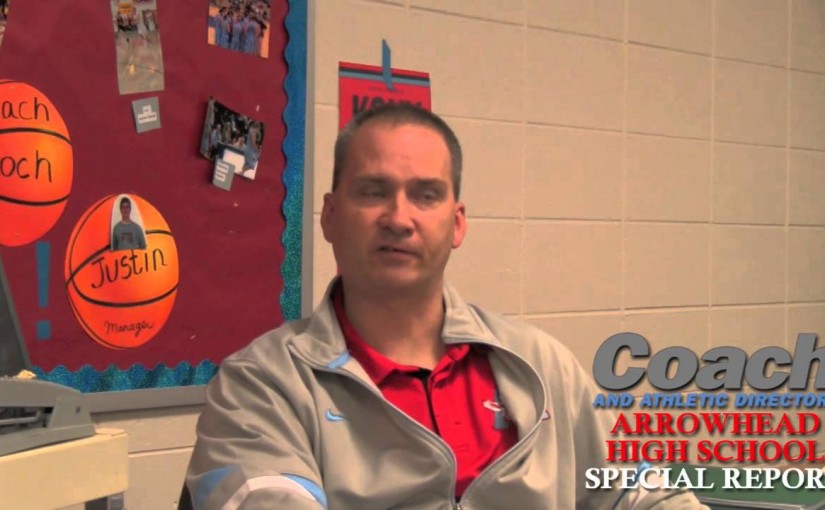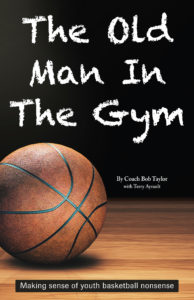Transfer epidemic has no easy cure
Few things are more frustrating in the game of basketball right now than the transfer epidemic that has plagued the high school and college levels. It’s hard to believe when you look at how troublesome it has become, but 15 years ago this wasn’t even a discussion. Unless a parent changed jobs or some other unforeseen circumstance, you finished school in the same institution where you started.
In 2011 college basketball accounted for 291 transfers, and this year that number will end up well over 600, according to ESPN. The NCAA’s own research has shown that about 90 percent of student-athlete transfers leave for sport-related reasons.
While that’s a troubling trend, it’s less concerning at the college level. Scholarships play a role, coaches leave for other institutions and these student-athletes are, after all, adults. What’s more alarming is a similar pattern taking place in our high schools, intensified by parents seeking an open road to fame and fortune.We talk at length about education-based athletics and how the student always comes before the athlete, but that’s a tough sell to those outside our schools that have visions of their children becoming the next LeBron James. Parents see the McDonald’s All American Games, they see major networks like ESPN covering high school rivalries and the prevailing thought is, “I just need to get my kid this kind of exposure.”
This doesn’t all rest on the shoulders of parents. There are the coaches who illegally recruit students from others schools, and we can place some of the blame on the athletes themselves who feel like basketball is their future.
This all circles back to murky rules at state associations, littered with loopholes allowing student-athletes to jump ship sometimes without penalty. And if strict regulations are in place, athletic associations often lack the resources to monitor and conduct thorough investigations on transfers that appear suspicious. Sometimes, coaches don’t care enough to report a potential violation.
I’ve spoken with a number of high school coaches on the subject and they offered an array of responses. Some are furious, some are impartial and a few have surrendered to the idea that nothing can and will be done to stop it.
“It’s rampant, especially in basketball, one coach said in a recent poll conducted by our sister publication, Coach and Athletic Director. The worst part is most of the administrators are aware of it and they just look the other way. It makes it very difficult for coaches who don’t cheat and want to instill ideals of fair play and sportsmanship in their athletes.”
There are a few coaches out there who look inward, investing in the idea that if they run their programs differently it will encourage prized athletes to stay. That’s an unfortunate side effect of a problem that seemingly has no easy cure, but coaches should never do anything to accommodate a single athlete. If it’s about the team, as most coaches will agree, you stick to your philosophy and continuing doing what will best benefit those committed to your program. If an athlete is obsessed with raising his or her own profile, their presence can only be toxic.
Change has to come from the top, meaning state associations must take a harder look at what’s happening. Until then, a coach’s hands are tied.









